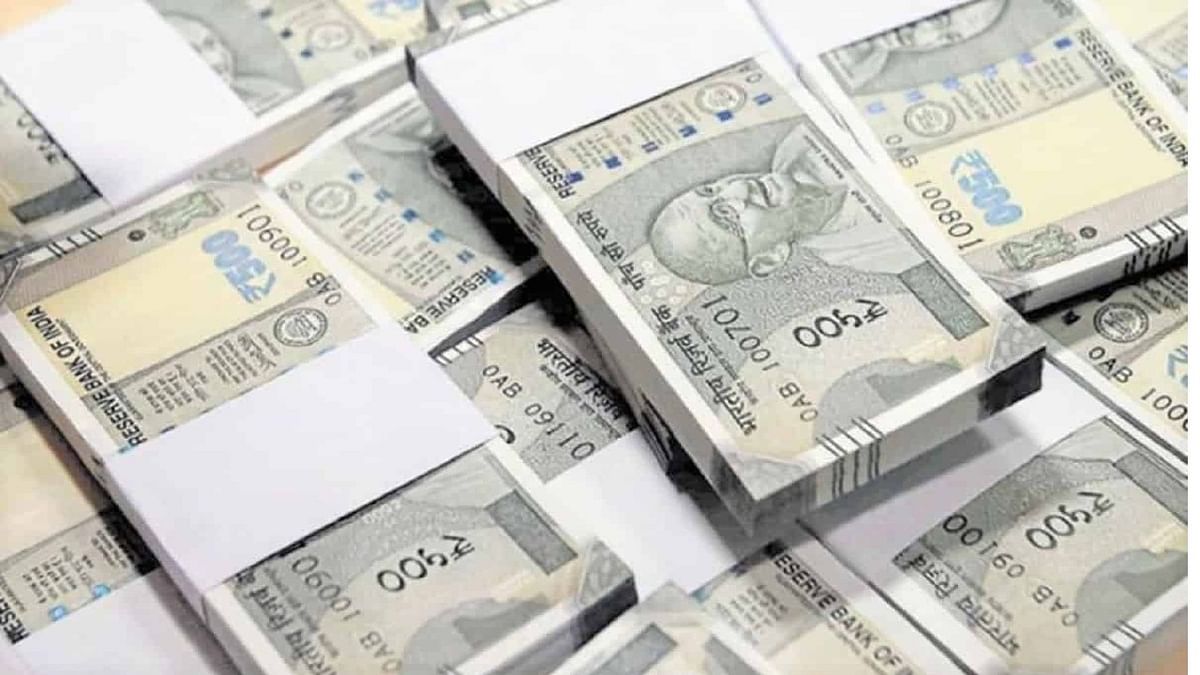[ad_1]
Since the implementation of GST in July 2017, till February-2023 i.e. during six and a half years, a case of tax evasion of 2294 crores came to light in Bihar, but due to the activism of the officials of the Commercial Tax Department, 1248 crores was deposited in the government treasury. Rest of the cases are still going on. The department had launched a special campaign to curb tax evasion, due to which many cases came to the fore. In this, most of the tax evasion cases were related to Input Tax Credit (ITC), especially in cases related to iron, cement and hosiery business.
Instructions to run special campaign to identify fraud
In the current financial year 2023-24, a special campaign has been directed to identify fraud related to registration. In the last financial year, special campaigns were launched against coaching institutes in Bihar. According to the Finance Ministry data, 57111 cases of GST evasion have been registered from July 2017 to February 2023. The highest amount of GST evasion in the country was found in Maharashtra at 60 thousand crores, followed by Karnataka at about 40 thousand crores, Gujarat at 26 thousand crores and Delhi at 24 thousand crores.
tax evasion initiative
To prevent tax evasion, the government has made a provision for e-way bill. Whereas, through the GST return filing system, the government is prohibited from filing returns for action against evasion. In GST, the tax is fixed on the basis of the return. Therefore, if a taxpayer fails to furnish GSTR-3B (Summary Return showing Sales, Input Tax Credit and Sales). Filing of GSTR-1 (Monthly/Quarterly Sales Return) is prohibited, so that ITC cannot be availed in terms of tax evasion.
What is modus of operandi
To paraphrase the adage of Tu Dal Dal, Main Paat Paat, a tax evasion company, moved manpower from Gujarat to Bihar for services instead of supply of goods to avoid generating e-way bills. Shows supply. Multiple registrations from the same premises and use of fake documents submitted for registration. These are few examples of frauds which have come under the radar of tax authorities under GST. At the same time, spot verification has been made mandatory to prevent fraud related to registration.
[ad_2]

